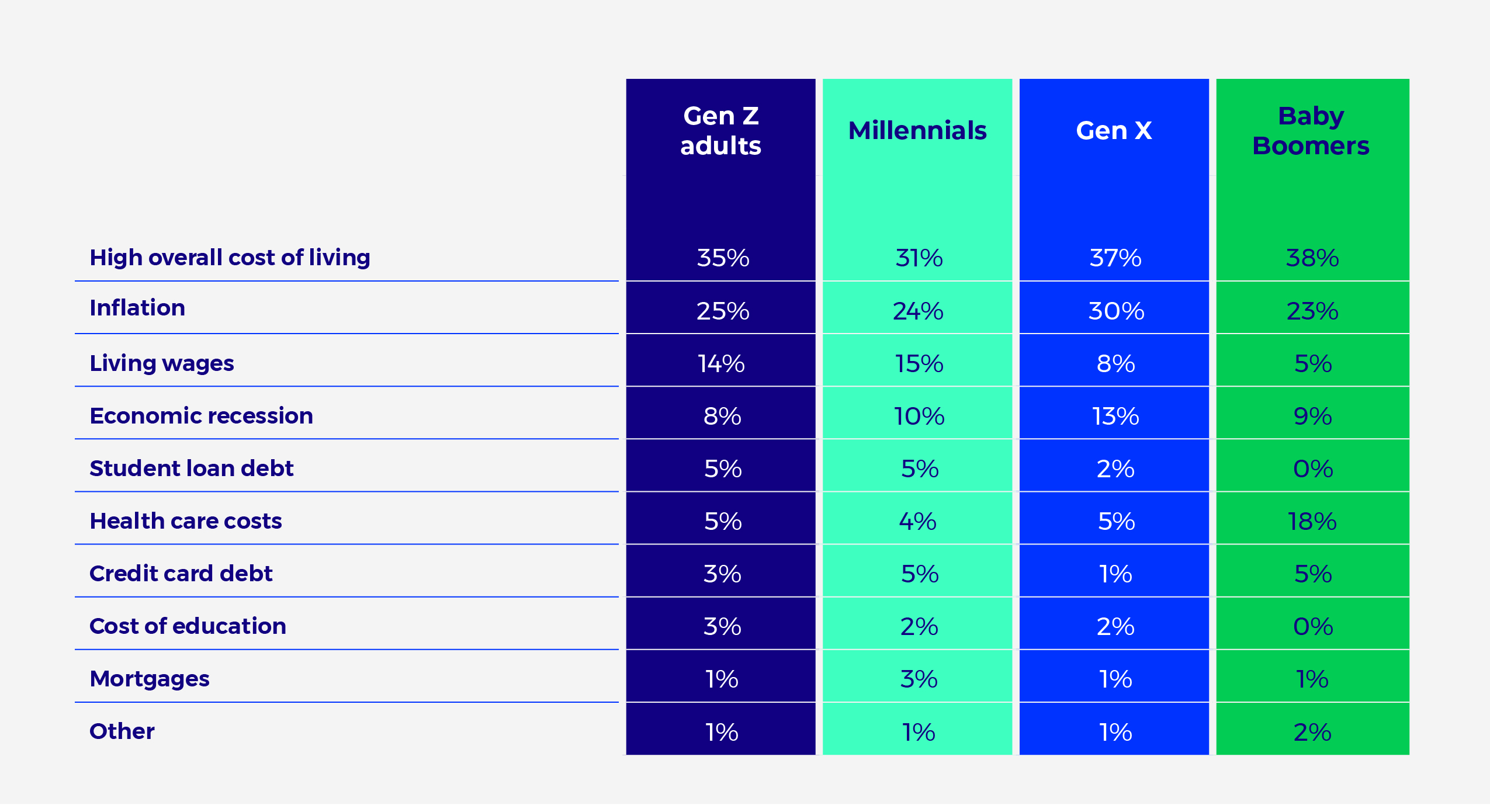Alternating Images
Gray Box
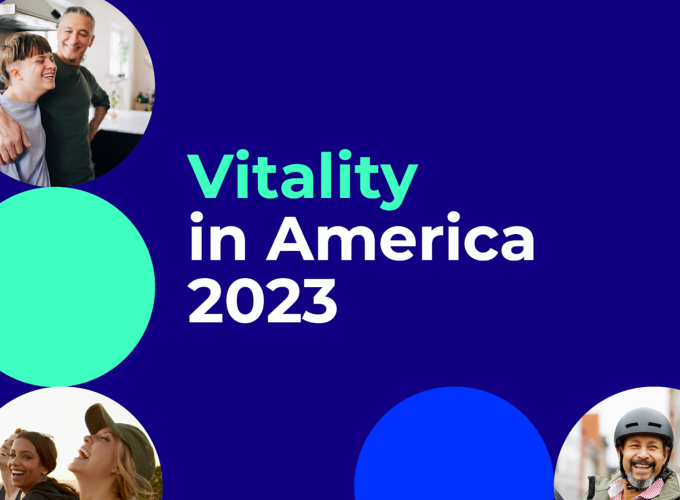 |
Take a closer look at the state of vitality in the United States along with health attitudes, behaviors, social determinants of health, and experiences in health care and work – and how people’s perceptions on these topics have changed since 2022.
Top Tiles
 |
Although American adults continue to struggle with their physical, emotional, and financial health and well-being, a new study from The Cigna Group has found that their optimism is up year over year.
 |
Vitality is a person’s ability to live life with health, strength, and energy – and in the world of work it equates to
high-performing, motivated, and healthy employees.
 |
Gen Z adults are known for characteristics such as their ambition to do well financially, their digital and social media savvy, and their drive to help others. Simultaneously, many have struggled with mental health issues and low vitality.
Dimensions
The state of vitality among
Gen Z adults in the U.S.
As part of this year's study, we've done a deep dive into Generation Z adults (those born between 1997 and 2005), the cohort most notable for lower vitality levels in 2022.
Here's what we found:
Gen Z adults struggle more with mental health than other generations.
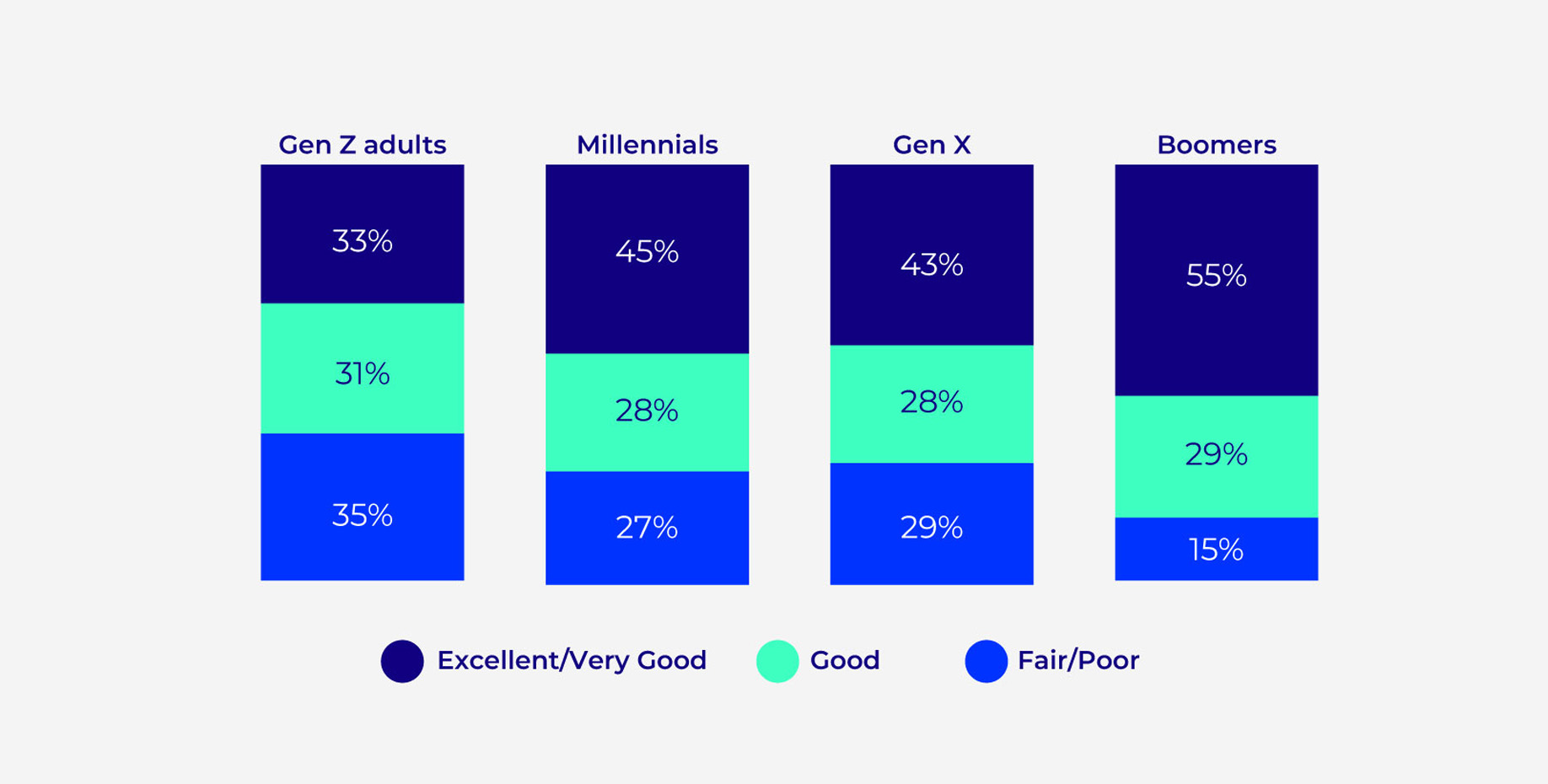
Gen Z adults are concerned about their financial situation, which contributes to their low vitality levels. Here are the top financial concerns across generations:
Gen Z adults are underwhelmed by their workplace experience, reporting a lack of interest, confidence, and energy.
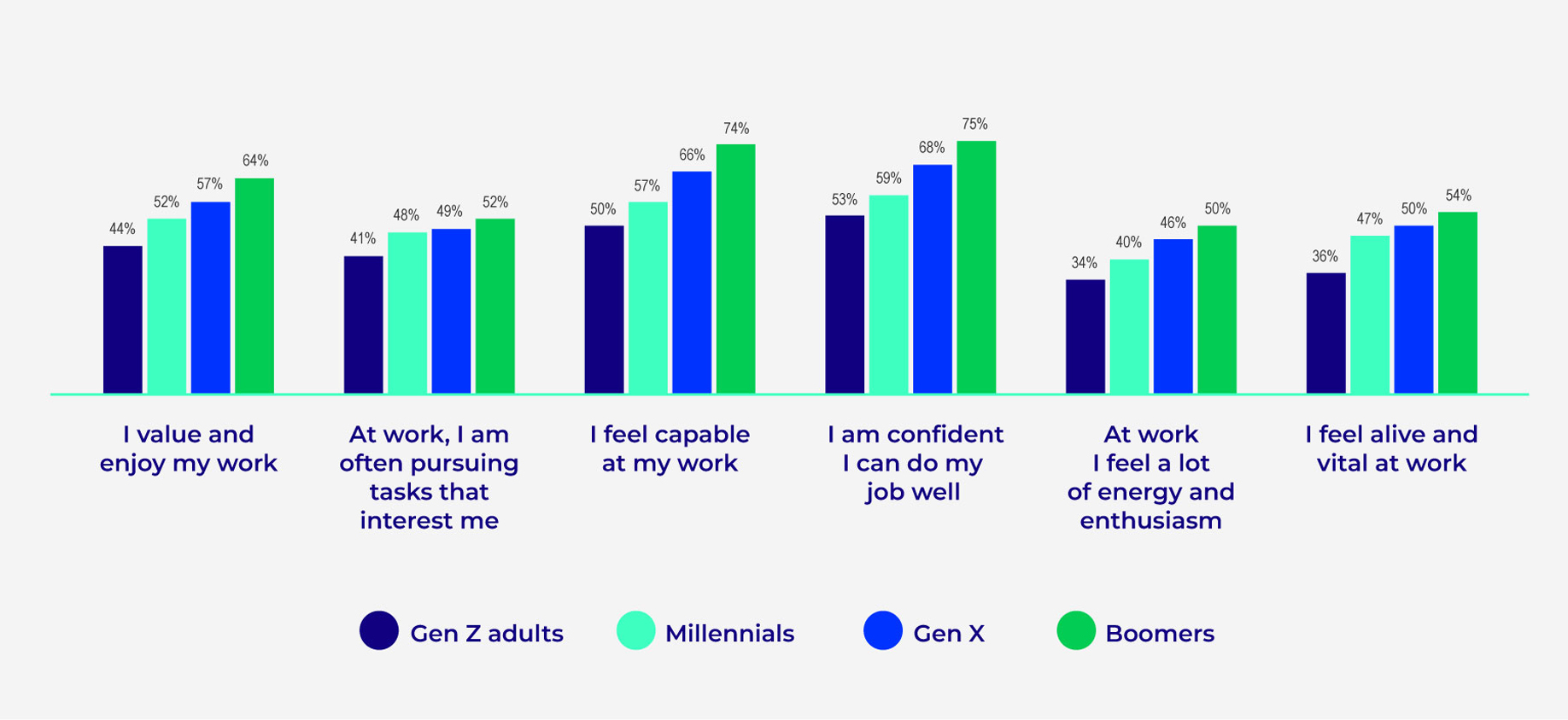
Gen Z adults' social media use is higher than any other generation's, which has negatively impacted their self-esteem and self-image. Here are the top five social platforms used by each generation at least once a day:
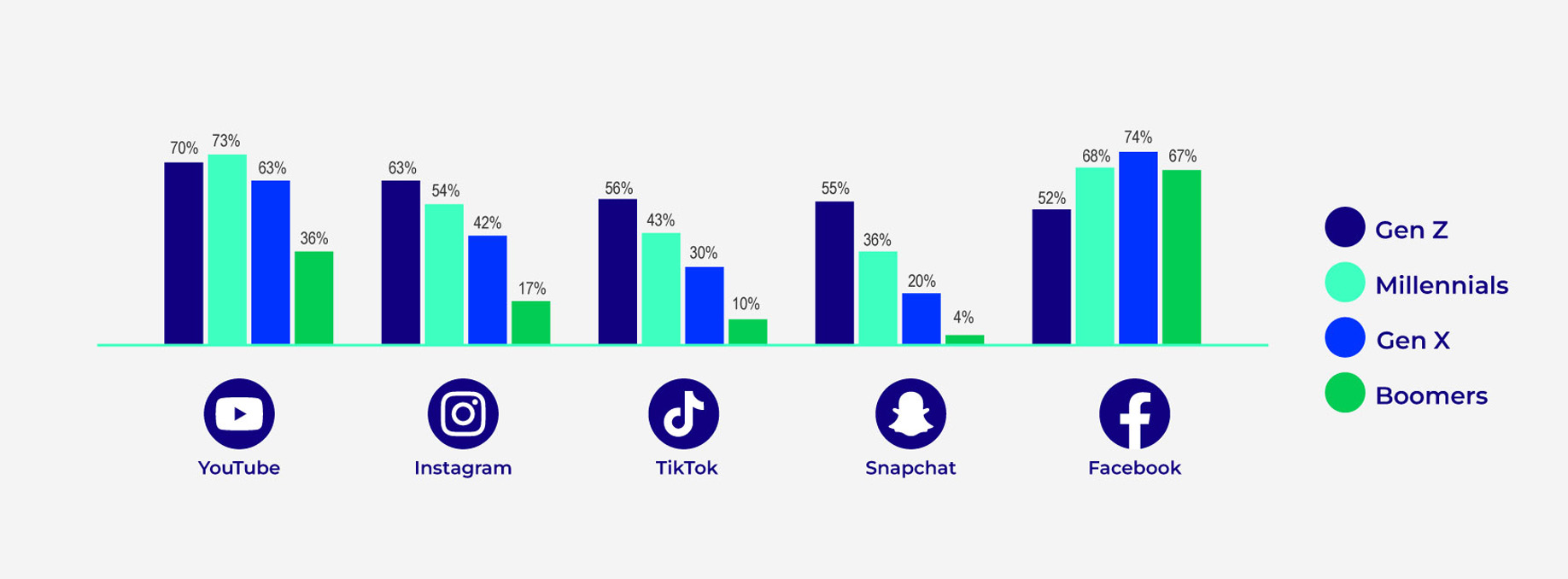
Bottom Single Row
Did you know
Grey Box 2
 |
In addition to the main vitality survey fielded among the general population, an additional survey was conducted among 4,000 people to better understand the vitality of Generation Z adults – the cohort born between 1997 and 2005.
